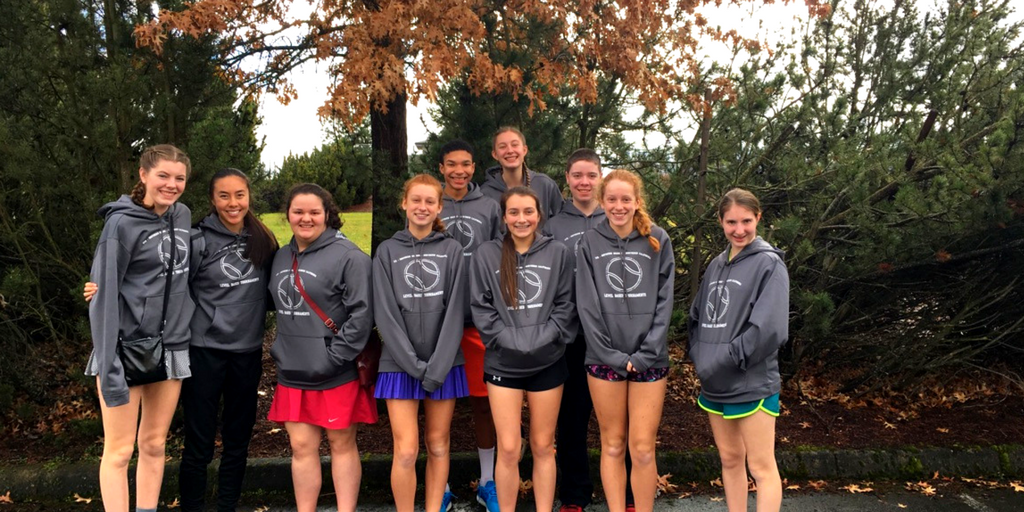It’s beautiful country in the far north of California and the southern part of Oregon. But wide-open spaces mean thinner populations, and that poses challenges for those who like to play—or run— tennis tournaments. “Things like USTA tournaments are struggling,” says
Len Spencer, director of tennis at the Umpqua Valley Tennis Club in Roseburg, Oregon. “You can’t have an event for 12-and-under girls—you don’t have enough players for those brackets. A place like Seattle is more populous, but Seattle is a nine-hour drive from here. For a lot of our tournaments, the numbers have gone away. We needed to do something different to save our section.”
The answer: organize tournaments around Universal Tennis Rating (UTR). Spencer joined forces with two other tennis facilities in the region, in Medford, Oregon and Redding, California, to stage the UTR So Oregon/NorCal tourney at his club on January 28-29. This was only the first of nine youth events rotating through the three clubs for the rest of the year; there’ve been two more since. UTR ensures level-based play, with no age or sex categories. The result is that all the UTR-based events at the three clubs have sold out, with entries capped at 40 or 50 per tournament. “It works like an exchange match,” Spencer says. “We’ll bring six to 10 kids to the other clubs to play. And with UTR, they are playing for something—a meaningful rating.”
"We’re done with USTA tournaments for the rest of the year."
Competition is so much sharper with level-based play. “We ran a USTA Level 4 national tournament,” Spencer says. “and our feeling is that with UTR, the players are so much more evenly matched. The kids are a lot looser. They aren’t worried about rankings or getting killed by the other kid. The environment is much happier. At the UTR event, unlike USTA, coaching is allowed during changeovers. It all feels a lot more relaxing.”
"With UTR, the players are so much more evenly matched. The kids are a lot looser. They aren’t worried about rankings or getting killed by the other kid. The environment is much happier."
The January event drew players aged from seven to 18, holding UTRs all the way from 0.0 to 9.8. The organizers assigned four coaches for the tournament, and parents weren’t allowed to coach. Round-robin play among groups of five, matched by UTRs, guaranteed all entrants four matches apiece, and “they were really competitive ones,” Spencer says. “In a USTA tournament, you might get killed by a high-level seeded player in the first round, then get stuck in the back draw—and that can get brutal, too. In USTA matches, you are playing for ranking points, so the line calls and everything else get tough.”
“We’re done with USTA tournaments for the rest of the year,” Spencer says. “We cancelled all of them and are putting our energy into UTR-based events. It’s just a more competitive, fun atmosphere. With UTR, you know you’ll play against everyone in your bracket. You’ll have a UTR 6.7 playing a 6.5—it’s not an 11 versus a 2. If a kid enters and we don’t have someone in their UTR range, we’ll send their money back. But it hasn’t happened yet!”
Get some level-based play going in your own backyard. Subscribe free to UTR here.
 Spencer joins family at Umpqua Valley Tennis Center.
Spencer joins family at Umpqua Valley Tennis Center.


